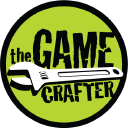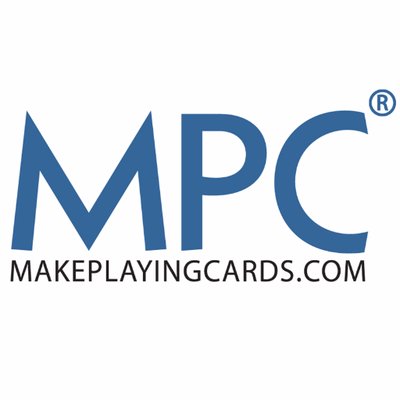How I Built A Successful Business Out Of My Passion For Board Games
Hello! Who are you and what business did you start?
My name is Travis Hancock and I’m the founder of Facade Games. We have published 3 board games, each disguised in book boxes.
Each of the games focuses on a city and year from history, and has some kind of lying/backstabbing involved in the gameplay. We’re currently working on game number 4 for our current series of games, as well as a new party game line.
Our games have raised over $1 million on Kickstarter, and we’ve sold about 80,000 copies of our games around the world. I work full time from home with my wife Holly. We love inventing and publishing games!

What's your backstory and how did you come up with the idea?

Download the report and join our email newsletter packed with business ideas and money-making opportunities, backed by real-life case studies.

Download the report and join our email newsletter packed with business ideas and money-making opportunities, backed by real-life case studies.

Download the report and join our email newsletter packed with business ideas and money-making opportunities, backed by real-life case studies.

Download the report and join our email newsletter packed with business ideas and money-making opportunities, backed by real-life case studies.

Download the report and join our email newsletter packed with business ideas and money-making opportunities, backed by real-life case studies.

Download the report and join our email newsletter packed with business ideas and money-making opportunities, backed by real-life case studies.

Download the report and join our email newsletter packed with business ideas and money-making opportunities, backed by real-life case studies.

Download the report and join our email newsletter packed with business ideas and money-making opportunities, backed by real-life case studies.

















